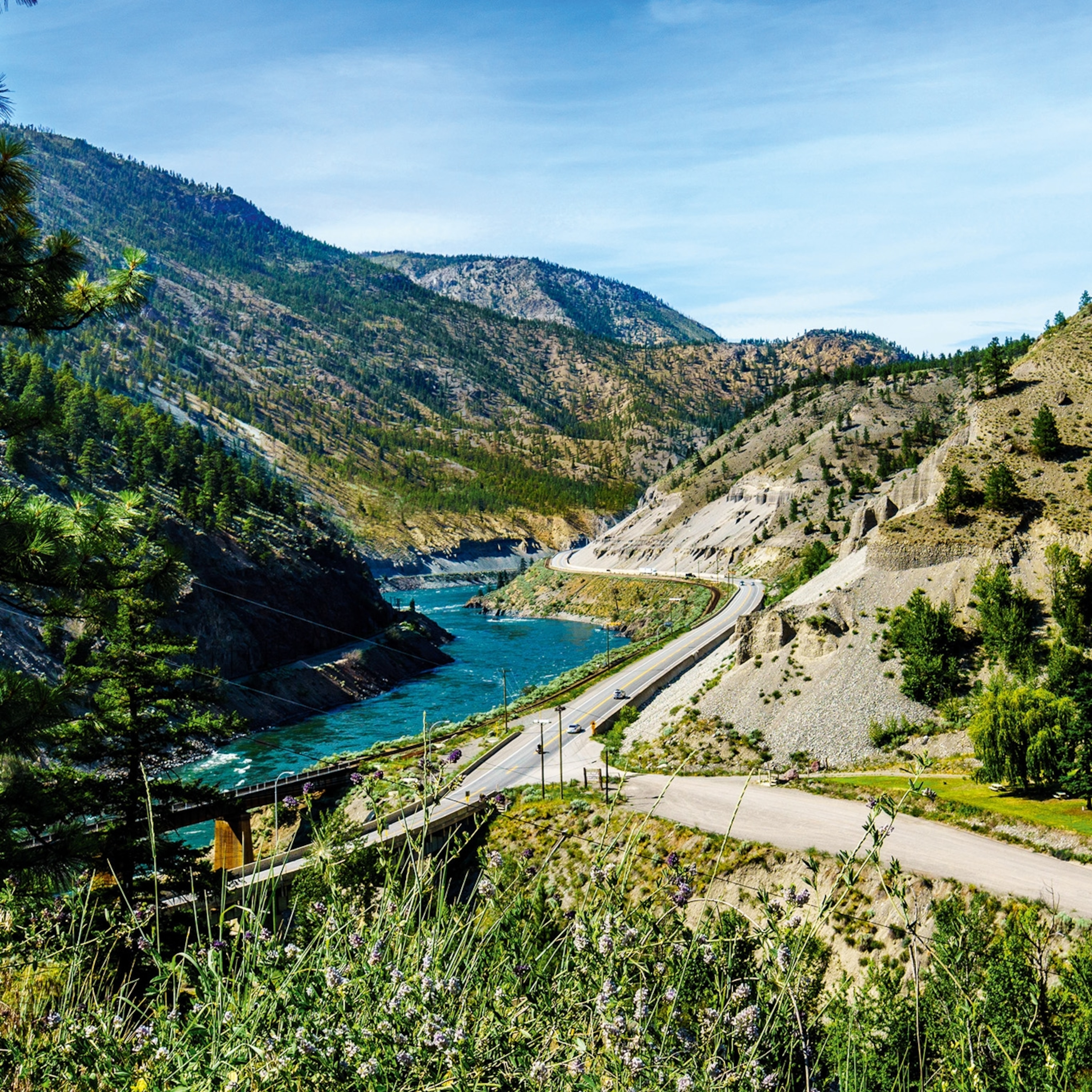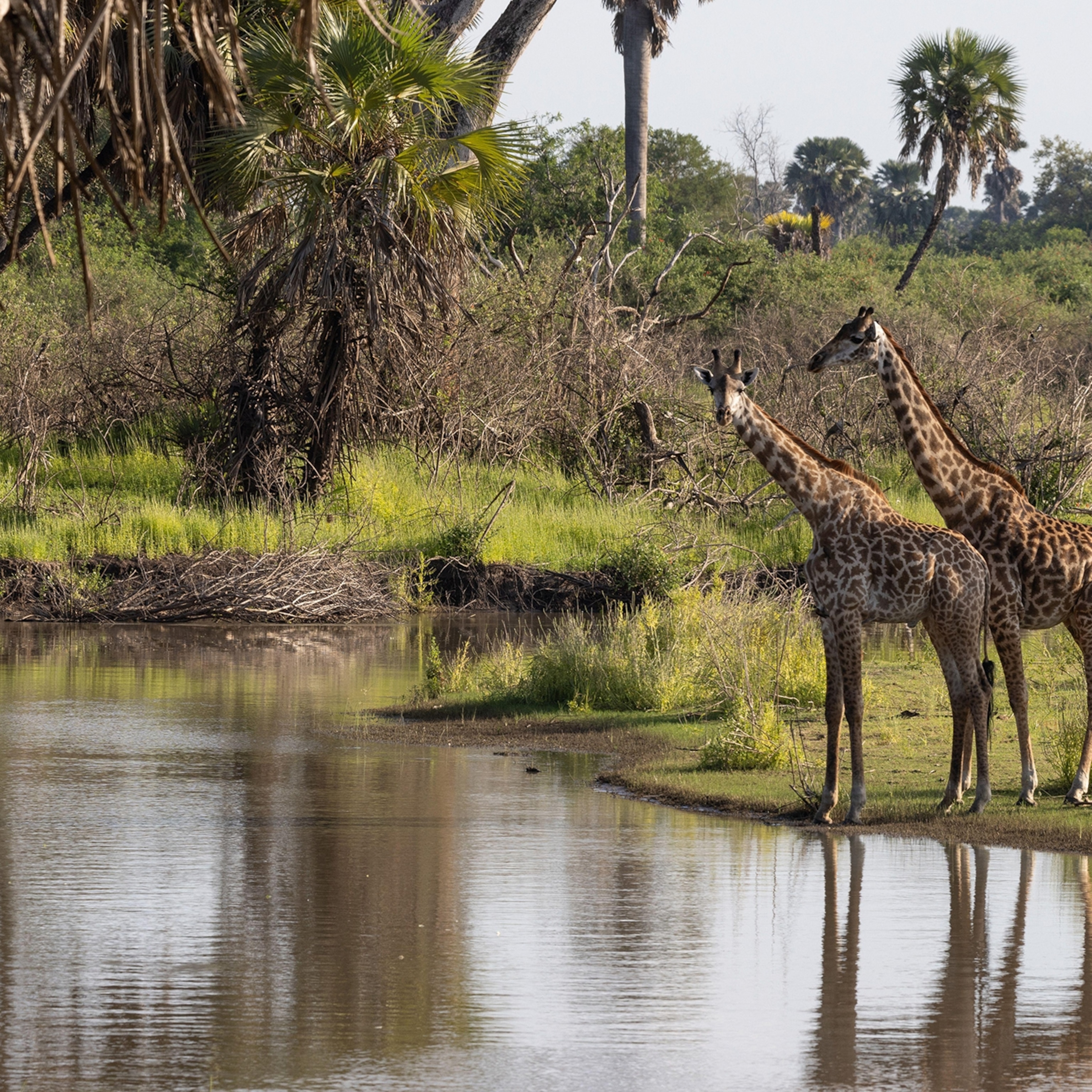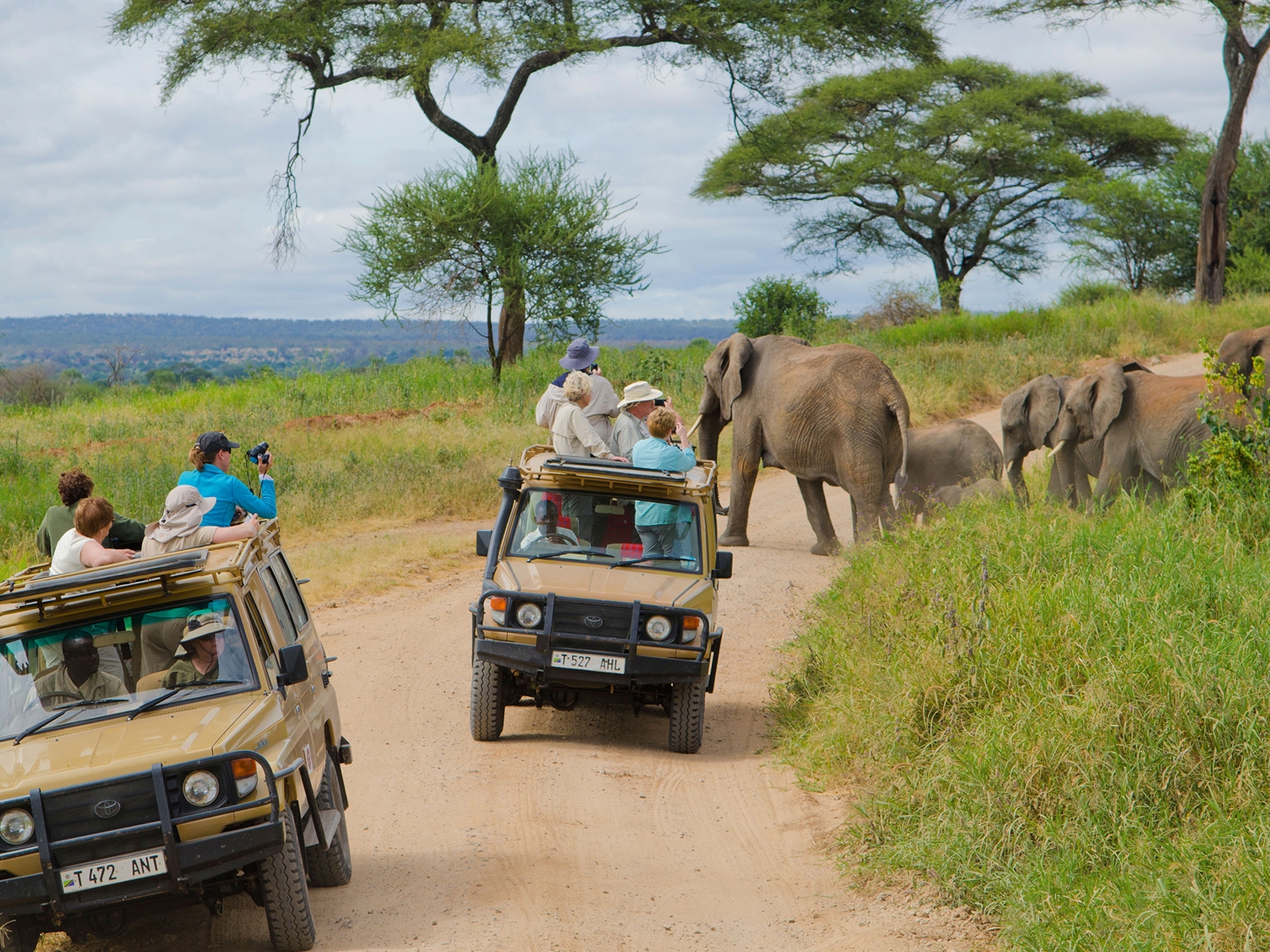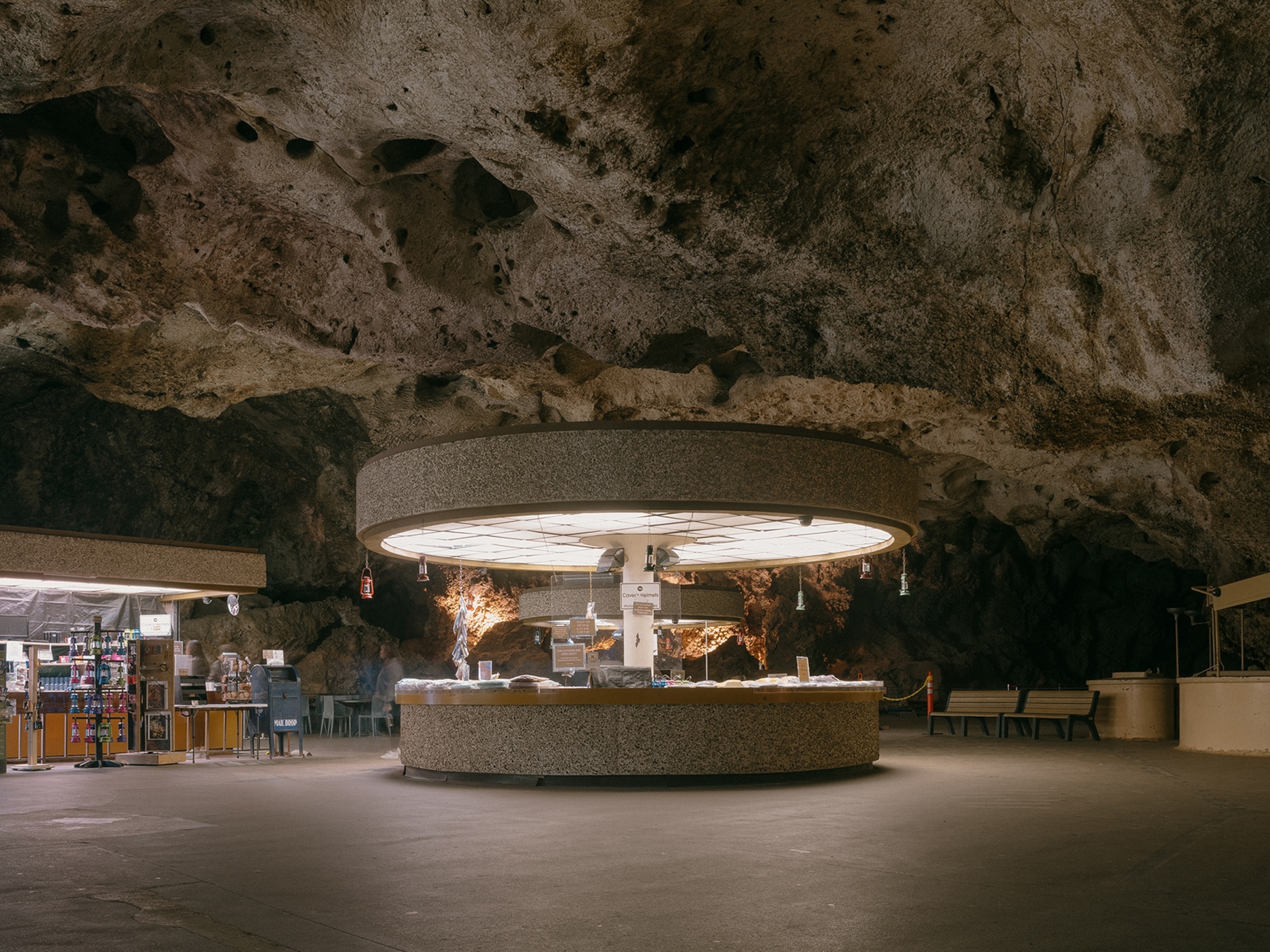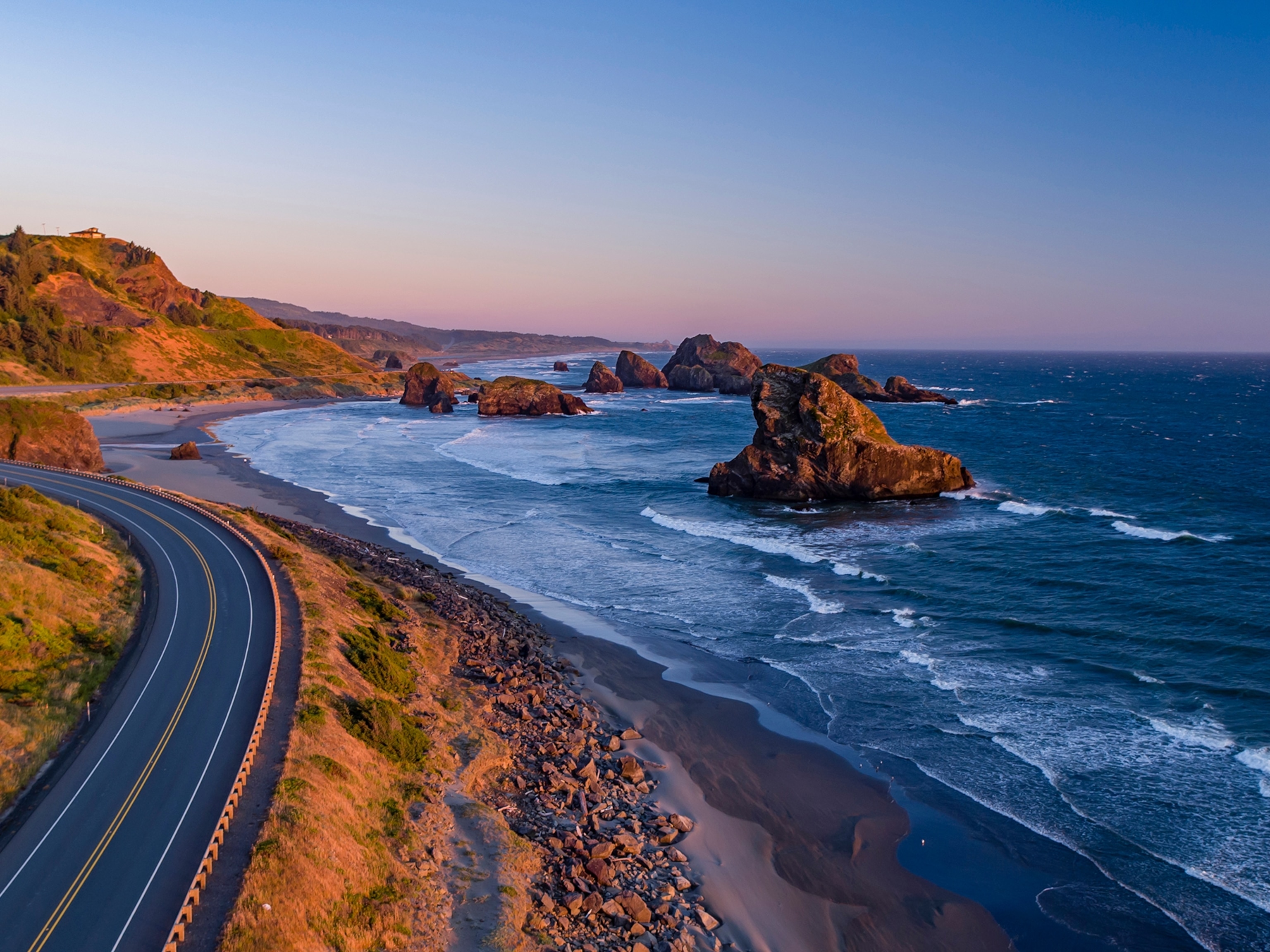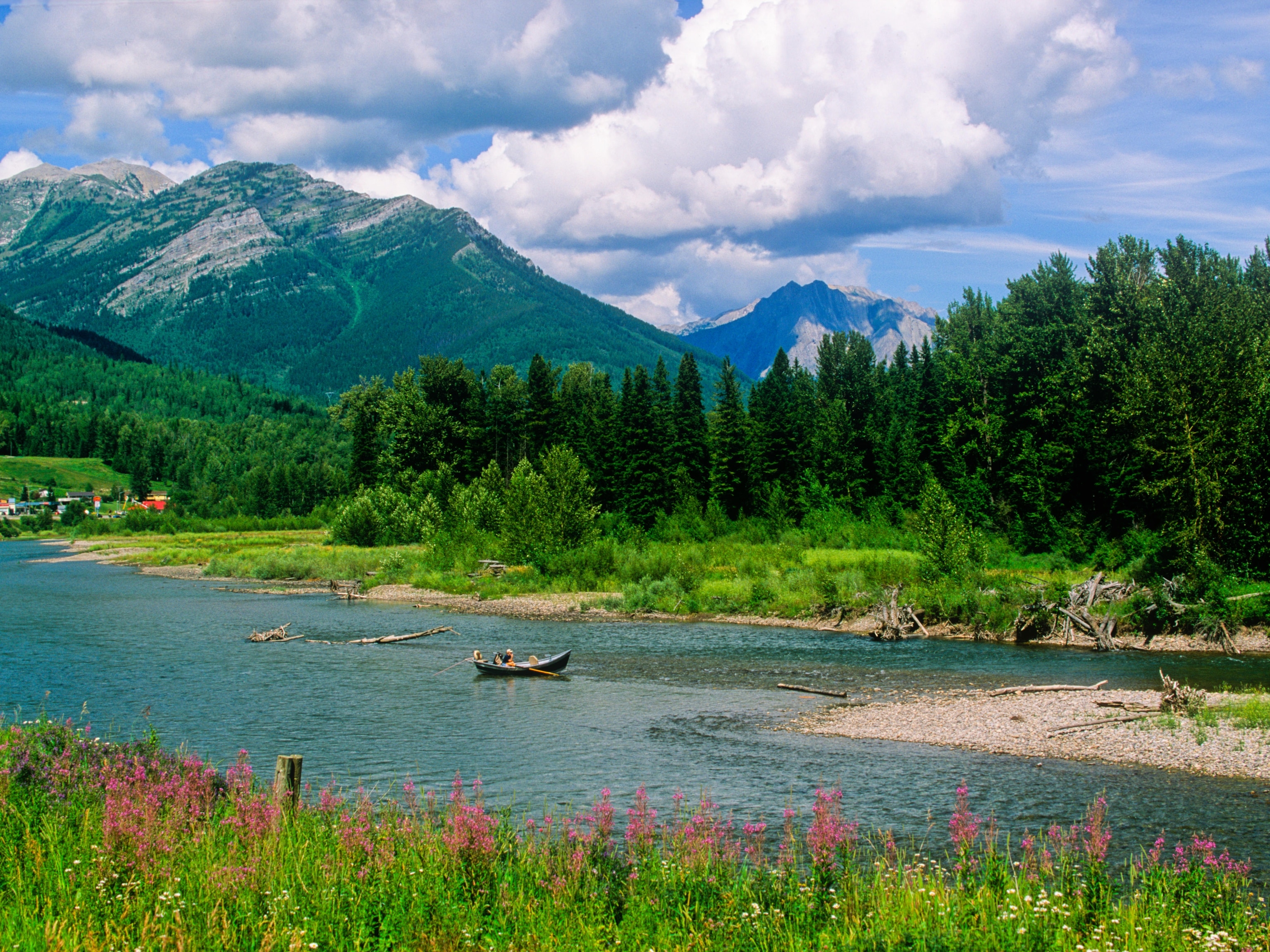
Last Stand in the Serengeti
Tales From the Frontier
From the July/August 2011 issue of National Geographic Traveler
It can be surprisingly difficult to find a herd of more than a million wildebeest roaming across the Serengeti, but sometimes the herd finds you. After searching these vast plains in vain for two days, I pull my Land Rover into a park campsite, pitch a tent, and lie down, exhausted, only to be awakened after midnight by what I think is a light earthquake. It isn’t. Under a half-moon sky, the pounding of hooves and frog-like croaking of wildebeest envelope me. I poke my head out of the tent and watch in wonder. By sunrise, the horde has fanned out as far as I can see—black dots scattered to the horizon. Nothing could have prepared me for this sight: one of the last great land migrations on Earth.
It all could come to a grunting, honking halt. Despite an outcry from conservation groups and scientists worldwide, the Tanzanian government plans to build a commercial highway that will link the dusty safari capital of Arusha in the east to the lush shores of Lake Victoria in the west—cutting across the Serengeti. Thirty-three miles of road, slated for construction in 2012, will sever the northern section of the Serengeti National Park through which the wildebeest march in a cyclical search for green pastures. The road, scientists predict, will lead to the eventual collapse of the wildebeest population from barriers to forage and water, increased poaching, and traffic collisions.
The roughly 9,700-square-mile Serengeti ecosystem straddles two countries and two parks—Tanzania’s Serengeti and Kenya’s Masai Mara. The parks protect not only the wildebeest but also some 300,000 gazelles and 200,000 zebras. The migration sustains such predators as lions, leopards, cheetahs, and hyenas, along with a host of smaller species from vultures to dung beetles. As they have for millennia, all depend on the wildebeest returning year after year.
The Tanzanian government insists that the planned road will deliver much-needed economic development to an isolated region of the country. Some supporters note that the United States didn’t hesitate to wipe out huge herds of buffalo from the Great Plains in the name of economic prosperity. They’re right: Developed nations, including the U.S., plundered their natural resources and learned conservation lessons too late. They may bear a responsibility to help struggling nations preserve their natural heritage. Nowadays, no nation can excuse the continued plunder of the planet’s remaining natural treasures.
“It’s a mistake for conservationists or the Tanzanian government to make this a matter of wildebeest versus economic development. Rather, the wildebeest are part of the economic development of the region,” says Richard Leakey, whose parents discovered some of the oldest human ancestors at Olduvai Gorge next to the Serengeti and who himself once served as director of the Kenya Wildlife Service, responsible for protecting the northern part of the migration. “The issue is whether this highway, as it is now planned, will kill the goose that lays the golden egg. I believe it will. But with a different design, the migration and the highway can both easily exist in a win-win solution.”
One alternative is a longer highway route around the southern boundary of the park, far from the migration. Initially, Tanzanian officials argued this option was too costly. But when the World Bank offered last February to finance the alternative route, Tanzania’s government declined. The German government then offered to fund a feasibility study of the alternative route as well as to finance a road network adjacent to the park linking villages that the Tanzanian authorities have said need the highway for economic growth.
“We will do nothing to hurt the Serengeti,” insists Tanzania’s president, Jakaya Mrisho Kikwete, who has yet to respond to Germany’s offer. His seemingly intractable position has puzzled and frustrated those watching this drama unfold: Why would Tanzania, long known for its commitment to conservation, decide to build a highway across the world’s most famous wildlife park, which last year was the largest contributor to the country’s $1.28 billion tourism industry?
“It will lead to strip development such as gas stations and shops and introduce motorized poaching, invasive plant species, and the spread of disease. It will also cause a reduction in tourist arrivals, with a significant loss of revenue to Tanzanians,” says Mustafa Akunaay of the Tanzania Association of Tour Operators. Indeed, even the government’s own study concluded that by the end of 2016, more than a million vehicles will have used the highway.
International tour operators are equally aghast. “The road poses a huge risk for the survival of the Serengeti as a World Heritage icon,” says Ashish Sanghrajka, president of Florida-based Big Five Tours and Expeditions, which has operated in the Serengeti for nearly four decades. Big Five has joined other tour operators and travelers in supporting the efforts of Serengeti Watch (www.savetheserengeti.org), calling on Tanzanian authorities to abandon plans for the highway.
To make matters worse, President Kikwete recently announced that he will fast-track construction of a soda ash mining operation at Lake Natron, close to the planned highway. The move fuels the speculation that access to mining rights is behind the government’s insistence on the road. Lake Natron is the only known breeding ground for East Africa’s vulnerable lesser flamingos.
I’ve heard that astronauts seeing the Earth from space describe the experience as a humbling, profound sense of interconnectedness. I’ll never make it to outer space, but I’ve had the same feeling. When I first witnessed the wildebeest migration 31 years ago, it changed my life. I stayed in East Africa for a decade, learned the local language, and lived among villagers who are today’s stewards of the migration.
- National Geographic Expeditions
Efforts to save the Serengeti date back decades. In the 1950s, Bernhard Grzimek of the Frankfurt Zoological Society led a campaign to save the wildebeest migration. His seminal book and a subsequent movie of the same title, Serengeti Shall Not Die, asserted that conserving the Serengeti was a global imperative. The international outcry that followed helped win protected status for the same park corridor that will accommodate the new highway.
Come on, travelers. In an era of Facebook revolutions and transformation on a tweet, it’s time for a new global outcry.
Serengeti Highway Story Update:
Two weeks after Traveler published this story about building a commercial highway across Serengeti National Park, the government of Tanzania has tabled plans for commercial use, stating that the gravel road to be built inside the park will be for national park administrative and tourism purposes. In an official letter dated June 22, Tanzania’s Ministry of Natural Resources and Tourism announced that although a commercial highway will still be built in the region to meet the country’s economic development needs, it will not pass inside Serengeti National Park as previously planned. Serengeti Watch, an advocacy organization opposed to the highway and cited in the story, declared “a battle has been won,” but noted the struggle to save the Serengeti will go on as development pressures continue. We agree. Traveler applauds the decision by Tanzanian authorities that a planned commercial road will no longer cut across the world-famous national park. —The Editors
